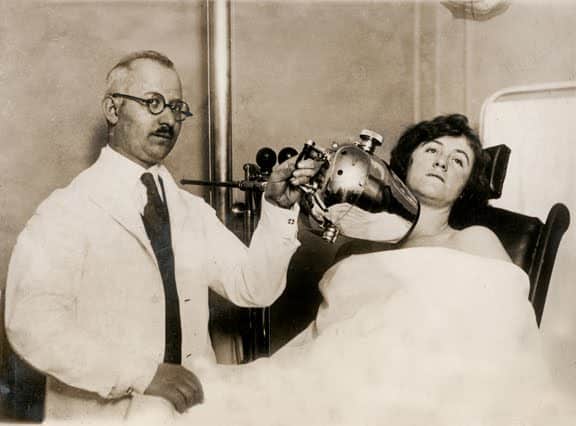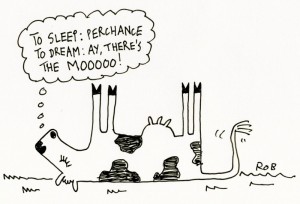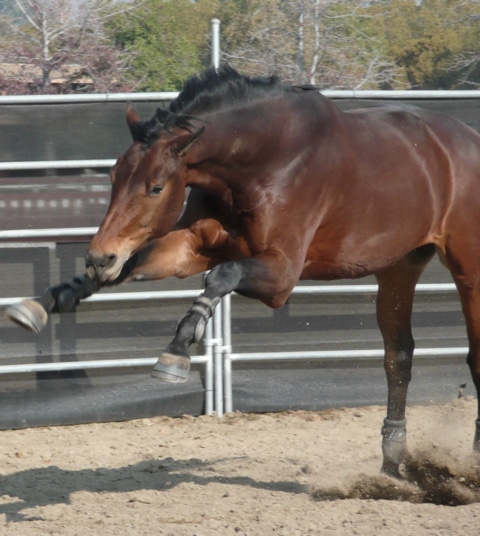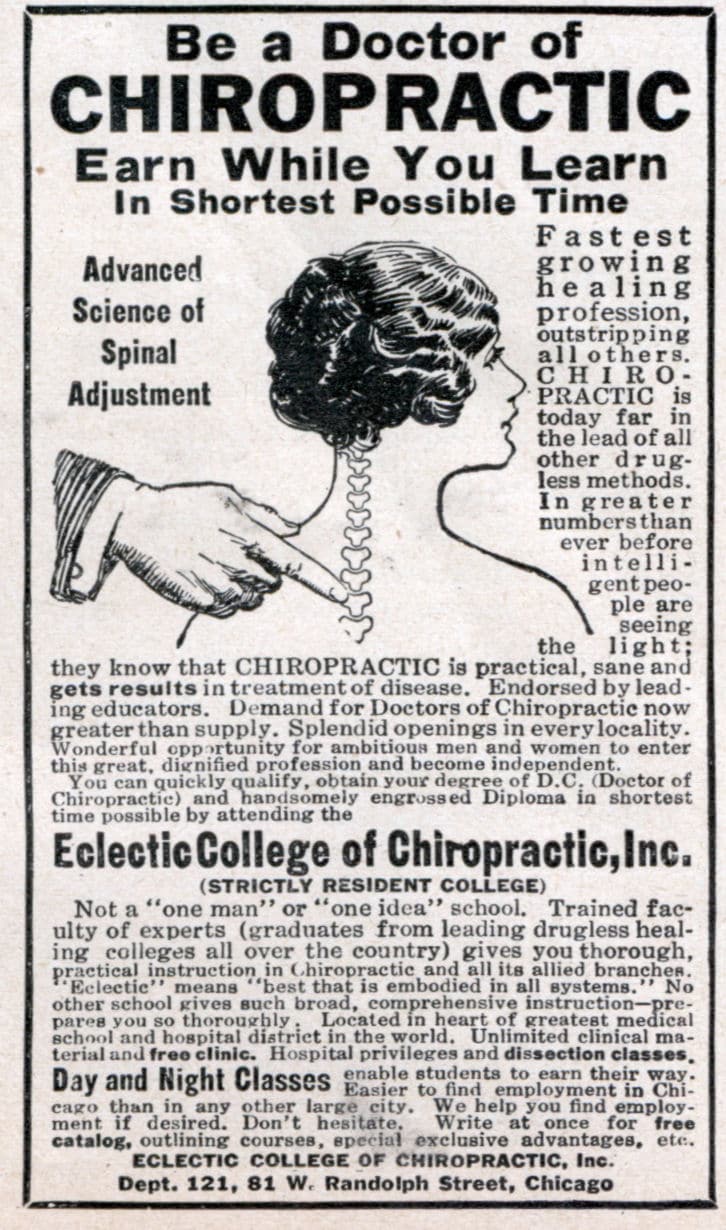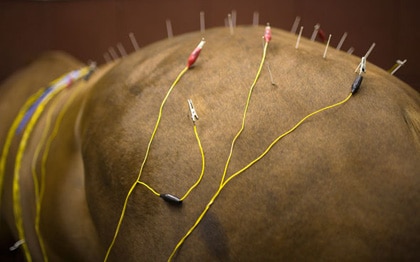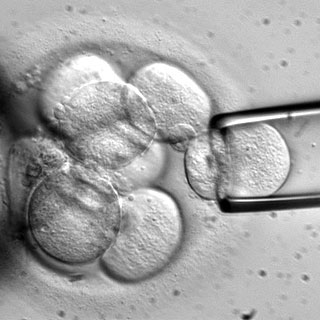If, when I got out of school in the early 1980’s, someone had told me that people would be making a living – or at least attempting to make a living – giving horses a massage, I (ever the master of understatement) would have been surprised. I would have assumed that if an owner felt that his or her horse needed a good rub, he or she might have done it.
Here’s are the real questions, however. Many horses seem to enjoy the attention, but are there any real medical benefits? Should you pay to have your horse massaged? It depends, I guess. Let’s take a Shakespearean look at this.
 WHY THEN THE WORLD’S MINE OYSTER (The Merry Wives of Windsor, Act 2, Scene 2)
WHY THEN THE WORLD’S MINE OYSTER (The Merry Wives of Windsor, Act 2, Scene 2)
I want to start out by saying that I have absolutely no problem if you want to pay to have someone give your horse a massage, and especially if you want to do it. While I must confess to some rolling of the eyes, on occasion, my wife has paid to have our horse given a massage. According to a 2018 study, a good number of people are getting their horses massages, too.
On some level, I really do think it’s great. I’m all for people paying attention to their horses, although, ideally, I do think it might be better if the person paying attention to the horse was the person that actually owned the horse. Still, if you want to get your horse a massage – or if you want to do it – I think that your motivations are probably pretty admirable and I have nothing but praise.
What’s a little harder for me to feel comfortable with is all of the nomenclature and medical claims that are coming with the practice. Otherwise stated, I think it’s fine if you want to get a massage for your horse, but I don’t think it’s fine if you’re made to feel that you have to get a massage for your horse, and especially if you’re convinced by some claim that hasn’t been shown to be true.
 WHAT’S IN A NAME? (Romeo and Juliet, Act 2, Scene 2)
WHAT’S IN A NAME? (Romeo and Juliet, Act 2, Scene 2)
In Romeo and Juliet, when Juliet said, “A rose by any other name would smell as sweet,” she arguing that the names of things really don’t matter; the only thing that matters is what things “are.” What matters is what something is, not what it is called. But in the horse massage world, I think some people forget about that. What it’s called seems to be very important, at least in terms of soliciting business.
To legally do human massage, you are supposed to be licensed. There aren’t licenses for equine massage folks, but some may try to carry the mantle of a “specialist” nonetheless. As such, some go to the trouble – with all good intentions, no doubt – to get “certified” by someone who is able to print a certificate attesting to their good intentions. And herein can start some of the troubles.
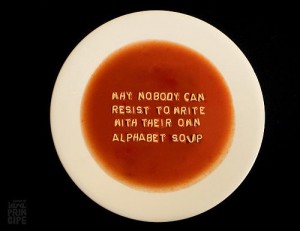 Certification gives a certain cachet, don’t you think? While there’s really nothing like an industry standard for training in horse massage, apparently if you’re ready to move on to the next level, a “certified” equine massage therapist (CEMT) is just that. But why stop there? As of being a CEMT isn’t specialized enough, you can also look hard and find an equine myofascial release therapist (EMRT – myofascial, if you don’t know, is a term refers to muscles, and the strong, loose tissue that covers them). And, wouldn’t you know, you can find someone who is “certified” in that, as well (CEMRT). Undoubtedly, one of these is better than another, although I’m not exactly sure which, although I am quite confident that whichever or the other one person is, that’s they one that they think is the way to go. You can also find a certified equine sports massage therapist (CESMT), who at least gets the benefit of an extra letter in the acronym. There is also the National Board of Certification for Animal Acupressure and Massage (NBCAAM), which adds even more letters to the alphabet soup. Oh, and the organization that gets you certified can ALSO be certified: that’s right, there’s a National Certification Board for Therapeutic Massage and Bodywork (NCBTMB). The amount of time it takes to get certified can vary a lot, too, but it’s hard to say if more is actually better. It certainly does take some time to get such certification – what’s lacking is scientific verification that all of that time does any real good for the horse.
Certification gives a certain cachet, don’t you think? While there’s really nothing like an industry standard for training in horse massage, apparently if you’re ready to move on to the next level, a “certified” equine massage therapist (CEMT) is just that. But why stop there? As of being a CEMT isn’t specialized enough, you can also look hard and find an equine myofascial release therapist (EMRT – myofascial, if you don’t know, is a term refers to muscles, and the strong, loose tissue that covers them). And, wouldn’t you know, you can find someone who is “certified” in that, as well (CEMRT). Undoubtedly, one of these is better than another, although I’m not exactly sure which, although I am quite confident that whichever or the other one person is, that’s they one that they think is the way to go. You can also find a certified equine sports massage therapist (CESMT), who at least gets the benefit of an extra letter in the acronym. There is also the National Board of Certification for Animal Acupressure and Massage (NBCAAM), which adds even more letters to the alphabet soup. Oh, and the organization that gets you certified can ALSO be certified: that’s right, there’s a National Certification Board for Therapeutic Massage and Bodywork (NCBTMB). The amount of time it takes to get certified can vary a lot, too, but it’s hard to say if more is actually better. It certainly does take some time to get such certification – what’s lacking is scientific verification that all of that time does any real good for the horse.
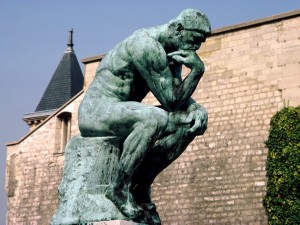 NOTHING EITHER GOOD OR BAD, BUT THINKING MAKES IT SO (Hamlet, Act 2, Scene 2).
NOTHING EITHER GOOD OR BAD, BUT THINKING MAKES IT SO (Hamlet, Act 2, Scene 2).
Anyway, back to massage itself. If you’ve decided to have someone massage your horse, at least one reason might be one of the myriad claims that are made for the procedure. And here’s where I start to worry a bit more about the whole horse massage thing. It’s when specific claims are made that things can get not only a bit weird, but even vary widely from fact. Otherwise stated, you may hear some folks say some stuff about massage that just isn’t supported by, well, anything.
NOTE: As you probably know, I don’t think that it’s right to tell folks that you can do something that you can’t do, and then charge them for trying to do it. And, based on scientific data, that’s a HUGE problem with massage.
So, other than because you might think you’re giving your horse a treat, or a bit of relaxing attention – which, in my book, is all good – why might you be told you should get your horse a massage?
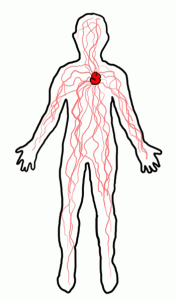 1. Improving circulation. For centuries now, “improving” circulation has been the ne plus ultra of a variety of equine therapies. The idea is that more blood is good – I mean, without blood, things die, right? The problem is that nobody has shown that you can actually do it.
1. Improving circulation. For centuries now, “improving” circulation has been the ne plus ultra of a variety of equine therapies. The idea is that more blood is good – I mean, without blood, things die, right? The problem is that nobody has shown that you can actually do it.
One of the persistent claims of massage is that it increases blood flow to muscles. Research has shown pretty clearly that is doesn’t (CLICK HERE). Massage can temporarily make human skin a bit redder – it’s hard to tell in horses, what with all the hair. However, redder skin is not necessarily a good thing, because if a bit more blood goes to the skin, there actually may be less to healing muscle (CLICK HERE). Furthermore, there’s even research to indicate that massage gets in the way of post-exercise blood flow.
From a physiologic standpoint, one might wonder why one would suspect that massage would affect muscle blood flow. The blood supply to each tissue is precisely controlled, which each tissue receiving blood according to its metabolic needs. As much as you may like to think you can, you can’t just go around willy-nilly getting the blood to circulate where you think it ought to go.
THEREIN THE PATIENT MUST MINISTER TO HIMSELF (Macbeth Act 5, Scene 3)
Still, if it’s increased circulation that you want, such an increase can be easily achieved by exercise, which increases the nutrient requirements of muscles, and can increase blood flow to muscles by 20 – 30 times resting levels. Turns out, if you want, you can pay for someone to walk your horse, too.
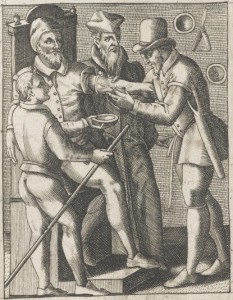 2. Better healing after muscle injury. Massage, along with a lot of other therapies, such as cold, or stretching, is often recommended to assist in healing after muscle injury (real or perceived). Now, you’d think that makes some sense, but there’s been a good bit of research in humans, and, well, it pretty much shows that massage doesn’t have an effect (CLICK HERE for a recent review). It not likely to hurt, but it’s sure not something that you probably need to go out and get done.
2. Better healing after muscle injury. Massage, along with a lot of other therapies, such as cold, or stretching, is often recommended to assist in healing after muscle injury (real or perceived). Now, you’d think that makes some sense, but there’s been a good bit of research in humans, and, well, it pretty much shows that massage doesn’t have an effect (CLICK HERE for a recent review). It not likely to hurt, but it’s sure not something that you probably need to go out and get done.
3. Less soreness the day after exercise. As pretty much anyone who has overdone it with exercise knows, if you overdo it, the next day you can feel pretty sore. It’s a well-recognized phenomenon in people called delayed-onset muscle soreness (DOMS – in medicine, pretty much everything has to have its own abbreviation). And, although there is some evidence that massage can help with DOMS (CLICK HERE to see a study), there’s also plenty of good studies showing that it doesn’t. But the thing is, light exercise seems to work as well, and any effects from massage seem to be pretty transient. So, once again, you’re not likely to hurt your horse by getting him a post-exercise massage, but it may not do much good, either.
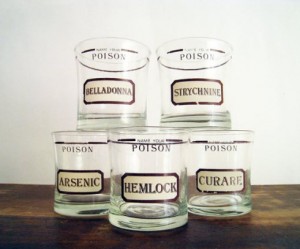 POISON HATH RESIDENCE AND MEDICINE POWER (Romeo and Juliet, Act 2, Scene 3)
POISON HATH RESIDENCE AND MEDICINE POWER (Romeo and Juliet, Act 2, Scene 3)
4. “Toxins.” The ability of massage to remove unidentified muscle “toxins” has been claimed to result in all sorts of benefits.
ASIDE: What is it with the “toxin” thing anyway? The way the term is used, it’s pretty much a synonym for “evil spirits” or “bad humours” or something. For goodness sake, if someone tells you your horse has “toxins,” at least make them tell you which ones they’re worried about. It might be fun to hear the answer(s).
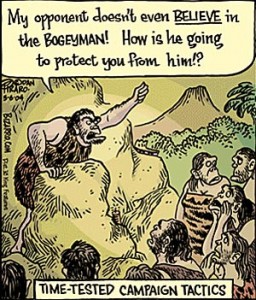 With massage, the particular toxic bogeyman is usually are identified as lactic acid, which, in fact, is a compound that can accumulate after exercise. However, it is well established that lactic acid does not cause muscle soreness, and that lactic acid and “toxins” have no influence on the muscle damage that exercise can sometimes causes. Since there’s no increased lactic acid to worry about, the idea that massage can do something about it can be dismissed outright. In addition, studies on humans have demonstrated that massage has no influence on post-exercise clearance of blood lactic acid (CLICK HERE), which isn’t really a surprise, since massage has essentially no influence on muscle blood flow. Once again, however, if this is a concern of yours, there’s something you can do: mild exercise can significantly speed up the removal of blood lactic acid.
With massage, the particular toxic bogeyman is usually are identified as lactic acid, which, in fact, is a compound that can accumulate after exercise. However, it is well established that lactic acid does not cause muscle soreness, and that lactic acid and “toxins” have no influence on the muscle damage that exercise can sometimes causes. Since there’s no increased lactic acid to worry about, the idea that massage can do something about it can be dismissed outright. In addition, studies on humans have demonstrated that massage has no influence on post-exercise clearance of blood lactic acid (CLICK HERE), which isn’t really a surprise, since massage has essentially no influence on muscle blood flow. Once again, however, if this is a concern of yours, there’s something you can do: mild exercise can significantly speed up the removal of blood lactic acid.
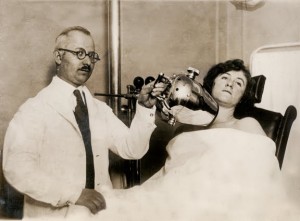 5. Injury prevention. You might think that a good massage could help prevent injuries. Makes some sense, I guess, but, so far, research shows it doesn’t. So, for example, agility dogs that receive massage (or a couple of other therapies) are MORE likely to have injuries (CLICK HERE to see the study). Again, I’m not saying that massage is a bad thing, but research doesn’t indicate that it helps prevent injuries, either.
5. Injury prevention. You might think that a good massage could help prevent injuries. Makes some sense, I guess, but, so far, research shows it doesn’t. So, for example, agility dogs that receive massage (or a couple of other therapies) are MORE likely to have injuries (CLICK HERE to see the study). Again, I’m not saying that massage is a bad thing, but research doesn’t indicate that it helps prevent injuries, either.
6. Improved performance. Once again, sounds plausible, but isn’t being help up by research. So, for example, in humans foam roller massage doesn’t help performance (CLICK HERE), and, in some people, pre-exercise massage makes them perform worse (CLICK HERE or HERE). There is one report that Arabian racehorses raced better after massage.
I have never seen an Arabian racehorse.
AY, THERE’S THE RUB (Hamlet, Scene 3, Act 1)
There’s some reasonably good evidence in human studies showing that massage can provide some short-term pain relief in certain circumstances, for instance, for some conditions causing back pain. It certainly feels good (I like getting them, when I can afford it – happily, there’s a new place down the street that is only $20 for an hour). There’s even an interesting study in horses showing that a 30 minute massage increased the horses distance that a horse could move his hindlimb forward (it’s called protraction – CLICK HERE if you want to see the abstract). The problem with the horse study is that the clinical relevance is unclear – maybe the effect disappears once you get on the horse, for example, or after a couple of minutes.
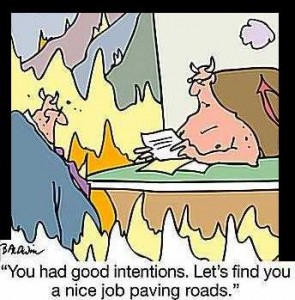 But I get it. There are certainly reasons why you might want to give your horse a massage; the good intentions on the part of everyone are pretty fantastic. And there are a good number of people following those good intentions; a study in done in New Zealand a couple years back on competition horses showed that a lot of people give their horses a massage, even though they don’t seem to tell their veterinarians about it, and the study didn’t look at whether massage did any good (CLICK HERE).
But I get it. There are certainly reasons why you might want to give your horse a massage; the good intentions on the part of everyone are pretty fantastic. And there are a good number of people following those good intentions; a study in done in New Zealand a couple years back on competition horses showed that a lot of people give their horses a massage, even though they don’t seem to tell their veterinarians about it, and the study didn’t look at whether massage did any good (CLICK HERE).
So, if you want to give your horse a good rub, I say, “Why not?” and particularly if you want to do it. You’ll feel good about it, your horse will probably like it (I do know some that don’t), and I think that the more time people can spend with their horses, the better it is for everyone. But I’m less enthusiastic about people feeling like they HAVE to get their horse a massage for a variety of reasons that may not even be true. Just keep in mind that you might be able to get that same good benefit with a good curry comb and a bit of light exercise. That would be good for both of you.

